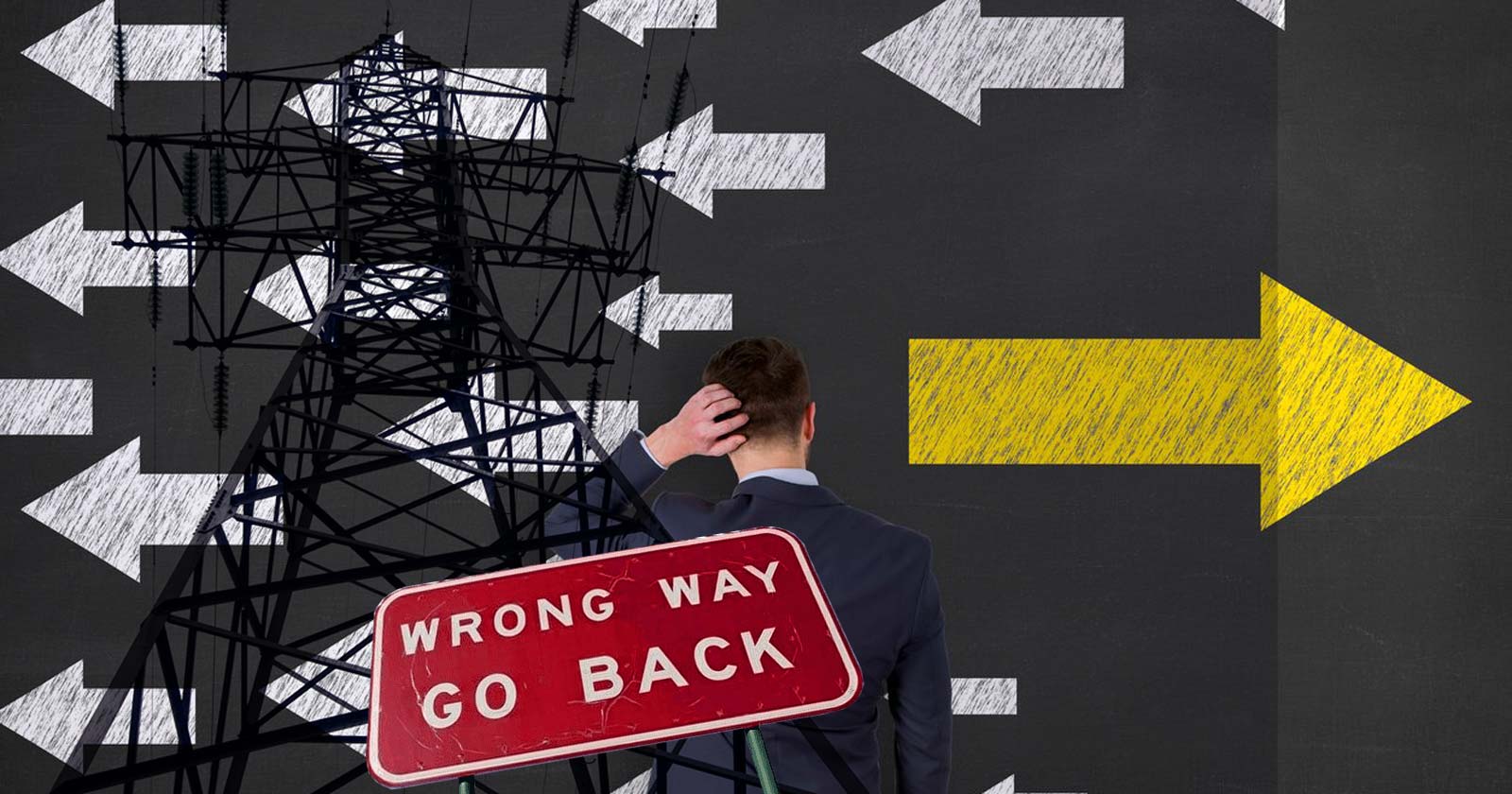Development of VNI West and the WRL will be a monumental mistake

The development of the Western Renewables Link and VNI-West will be a monumental mistake
In its recent Consultation Report, the Australian Energy Market Operator (Victorian Planner) presented various options for Western Renewables Link and VNI West (“WRL-VNI”). Built at 500 kilo-Volts (kV) it will start on the outskirts of Melbourne and extend through Western Victoria and then head north into NSW.
AEMO’s preferred option, if developed, will be the biggest single expense in the Victorian transmission system in more than 50 years and the biggest mistake in transmission planning in living memory.
The Victorian Government has used its legislative powers to make the Consultation Report the last step in the regulatory approval process.
Simon Bartlett (AM), (previously a member of the National Electricity Market’s Reliability Panel, a Professor of Electrical Engineering and Chief Operating Officer of Powerlink) and Professor Bruce Mountain (Director of the Victoria Energy Policy Centre at Victoria University) have submitted a detailed critique of AEMO’s Consultation Report.
They conclude that the development of WRL-VNI will be a monumental mistake. Specifically, WRL-VNI will:
- Drastically increase Victoria’s susceptibility to state-wide blackouts through exposure to natural disasters and terrorism. AEMO itself projects bushfire risk to rise 10 fold by 2050, but ignore this in its modelling.
- Double transmission charges in Victoria and lay the foundation for further transmission developments that together will triple transmission charges in Victoria.
- Force new renewable generation along the WRL-VNI route where AEMO predicts congestion which will mean that up to 50% of the renewable generation built along that corridor will be wasted through spills as a result of transmission congestion. Snowy 2.0 – supposedly a major reason for building WRL-VNI - will be choked so that it presents no storage value to Victoria.
- Delay the transition to renewable generation until WRL-VNI is complete in a decade’s time, and waste existing transmission capacity from the Latrobe Valley to Melbourne. This is by far the strongest transmission corridor in Australia. It already has plenty of spare transmission capacity and it can be greatly expanded at low cost.
- Cause a great deal of needless damage to local communities, individuals and the environment.
Mr Bartlett notes that AEMO’s Integrated System Plan, of which WRL-VNI will be a key part, relies on a single, heavily-loaded 500kV transmission line for most of its proposed 500 kV backbone stretching 3,300km from Tasmania to Townsville.
AEMO’s analysis has not allowed for natural disasters collapsing or causing electrical faults on any one of the 1,500 transmission towers on WRL-VNI West. There have already been instances of severe lightning, destructive winds and fierce wildfires impacting interconnectors and causing blackouts. According to AEMO, bushfire risk to transmission lines will increase almost 10-fold between now and 2050 as the climate changes.
Mr Bartlett’s said that a prolonged failure of any of the 1,500 transmission towers at the loading AEMO predicts, would likely cause an immediate state-wide blackout and then, after restart, extensive electricity rationing until the damage is rectified.
Professor Mountain noted that AEMO’s WRL-VNI relies on a 13 year old blueprint for the development of a 500 kV super-grid “NEMLink” from Tasmania to Townsville. That blueprint has long since been superseded as a result of reductions in solar and wind generation costs, that are now a tenth and third respectively of what they were when the blueprint was written. In addition, chemical energy storage is now viable and growing rapidly. Producing and storing electricity is now typically much cheaper than moving it.
“AEMO is stuck in the past, pursuing a redundant vision that suits its corporate interests. Under the guise of providing solutions for the urgent energy transition, AEMO has pushed for an unchecked monopoly. Energy ministers have, so far, caved-in to its demands. AEMO is acting as monopolists do if given half a chance: putting itself first at others’ expense.”
“The public has been repeatedly told that the transition to renewables will mean lower prices. With AEMO at the helm, the opposite will happen. Instead of making the best use of the wonderful grid we already have, AEMO want the community and renewable generation developers to wait on it to deliver its monumental plans. Its own analysis shows that the most monumental thing about its plans is the amount of time, natural resources and money it wastes.”
More in the media
Australian Financial Review: Vic’s flagship transmission project a ‘monumental mistake’
PV Magazine Australia: ‘Monumental mistake’: experts alarmed by major NSW-Victoria interconnector plan
Renew Economy: “A monumental mistake:” Energy experts slam VNI West transmission plans
ABC Rural: Western Victorian major transmission projects 'monumental mistake', warn energy experts
Tasmanian Times: AEMO ‘Making Monumental Mistake’
Herald Sun: Monumental mistake - Energy experts slam power projects in Victoria's west

